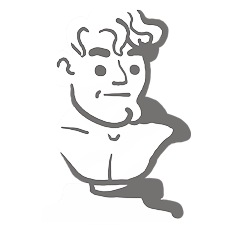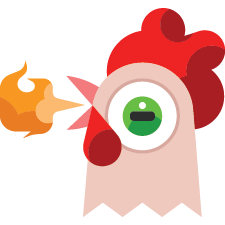安装 Steam
登录
|
语言
繁體中文(繁体中文)
日本語(日语)
한국어(韩语)
ไทย(泰语)
български(保加利亚语)
Čeština(捷克语)
Dansk(丹麦语)
Deutsch(德语)
English(英语)
Español-España(西班牙语 - 西班牙)
Español - Latinoamérica(西班牙语 - 拉丁美洲)
Ελληνικά(希腊语)
Français(法语)
Italiano(意大利语)
Bahasa Indonesia(印度尼西亚语)
Magyar(匈牙利语)
Nederlands(荷兰语)
Norsk(挪威语)
Polski(波兰语)
Português(葡萄牙语 - 葡萄牙)
Português-Brasil(葡萄牙语 - 巴西)
Română(罗马尼亚语)
Русский(俄语)
Suomi(芬兰语)
Svenska(瑞典语)
Türkçe(土耳其语)
Tiếng Việt(越南语)
Українська(乌克兰语)
报告翻译问题

























The Mod C:\Program Files (x86)\Steam\steamapps\workshop\content\255710\2101551127 [Painter.dll] has caused an error [ModException]
Details:
System.OutOfMemoryException: Out of memory
at (wrapper managed-to-native) UnityEngine.Texture2D.GetPixels32 (int) <0x0007b>
at UnityEngine.Texture2D.GetPixels32 () <0x0001e>
at Repaint.Repaint.ColorizeLods () <0x00260>
at Repaint.Loading.LoadedActions (ICities.LoadMode) <0x000fd>
at AlgernonCommons.LoadingBase`1.OnLevelLoaded (ICities.LoadMode) <0x00301>
at AlgernonCommons.Patching.PatcherLoadingBase`2.OnLevelLoaded (ICities.LoadMode) <0x002fa>
at (wrapper dynamic-method) LoadingWrapper.LoadingWrapper.OnLevelLoaded_Patch1 (LoadingWrapper,SimulationManager/UpdateMode) <0x0008b>
may be not the mod itself, but when usin it with huge texture buildings, gotta be careful wit dat
Invert inverts the color map, to color parts of the model that normally aren't affected. If you don't know what this means, you don't need it.
Maybe something like how the roads have an option to colour all the roads that colour, something similar to colour all asset of that type a certain colour
By default, the color set in Recolor only applies to the area of the building that the creator has set to have color changes - the asset creator does this by creating what's called a "color map", which tells the game which parts of the building change colors and which do not.
If no color map is set by the creator, then the whole building will change color (what you're seeing with the residential buildings you mention), as the game has no information about what to color and what to leave (and obviously can't guess).
The "colorize" option duplicates that behavior for assets that do have a color map, in case you want to disregard the asset creator and color the whole building. The "invert" option does the same, but leaves the areas covered by the color map alone.